The production of double-layer paper cups has gained significant attention in recent years due to the increasing demand for environmentally friendly and disposable beverage containers. These cups offer excellent insulation properties, making them ideal for both hot and cold drinks. This article provides an overview of the double-layer paper cup production process and the essential equipment needed for efficient manufacturing.
Understanding Double-Layer Paper Cups
Double-layer paper cups are designed with two layers of paper, which provide enhanced thermal insulation compared to single-layer cups. The outer layer protects users from heat, while the inner layer holds the liquid. This design not only improves user comfort but also reduces the risk of burns. Manufacturers often use food-grade materials to ensure safety and compliance with health regulations.
Raw Materials Selection
The primary raw materials for producing double-layer paper cups include paperboard, polyethylene (PE) coating, and printing inks. The paperboard is typically made from recycled fibers or virgin pulp, ensuring strength and durability. The PE coating is crucial for making the cups waterproof and preventing leakage. Additionally, eco-friendly inks are increasingly used for printing designs and logos, addressing consumer preferences for sustainable products.
Production Process Overview
The production process of double-layer paper cups involves several key steps: paper feeding, cup forming, printing, and quality inspection. Each step requires specific machinery and careful control to ensure high-quality output. Understanding these processes allows manufacturers to optimize production efficiency and product quality.
Step 1: Paper Feeding
The first step in the production process is paper feeding, where large rolls of paperboard are unwound and fed into the cup forming machine. This requires automated roll feeders that can handle various paper sizes and weights. Proper alignment and tension control are essential to prevent jams and ensure a smooth workflow.
Step 2: Cup Forming
In the cup forming stage, specialized machines mold the paperboard into cup shapes. The double-layer formation is achieved by using two sheets of paper simultaneously. This process involves folding, sealing, and shaping the paper using heat and pressure. High-speed cup forming machines can produce thousands of cups per hour, significantly increasing production capacity.
Step 3: Printing and Customization
Once the cups are formed, they can be printed with custom designs or branding. Flexographic printing is commonly used in this stage due to its efficiency and quality. It allows for vibrant colors and intricate designs while maintaining high-speed production. Manufacturers can also incorporate eco-friendly inks to meet sustainability standards.
Step 4: Quality Inspection
Quality control is a critical aspect of the production process. Automated inspection systems check for defects such as leaks, print quality, and structural integrity. Regular sampling and testing ensure that each batch meets the required specifications. This step helps maintain consistent quality and reduces waste due to rejected products.
Equipment Selection for Production
The choice of equipment plays a vital role in the efficiency and quality of double-layer paper cup production. Key machines include roll feeders, cup forming machines, printing presses, and quality inspection systems. When selecting equipment, manufacturers should consider factors such as production speed, ease of operation, maintenance requirements, and compatibility with various paper types.
Automation and Technology Integration
Integrating automation technology can significantly enhance production efficiency. Automated systems reduce manual labor and minimize errors, leading to higher throughput. Advanced technologies, such as IoT-enabled machinery, allow for real-time monitoring and data analysis, enabling manufacturers to optimize their processes continuously.
Sustainability Considerations
As environmental concerns rise, manufacturers must prioritize sustainability in their production processes. This includes sourcing eco-friendly materials, reducing waste, and implementing energy-efficient practices. Investing in biodegradable coatings and recyclable materials can help create a more sustainable product, appealing to environmentally conscious consumers.
Conclusion
The production of double-layer paper cups involves a complex yet efficient process that combines advanced technology and high-quality materials. By understanding the steps involved and selecting the right equipment, manufacturers can produce durable, insulated cups that meet market demands. As sustainability continues to shape consumer preferences, integrating eco-friendly practices will be essential for future success in the paper cup industry.




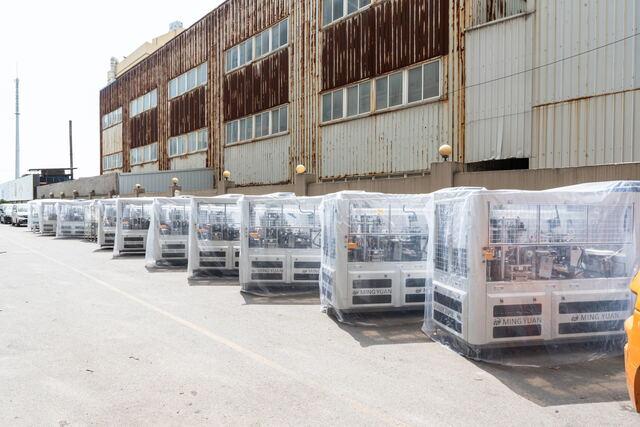
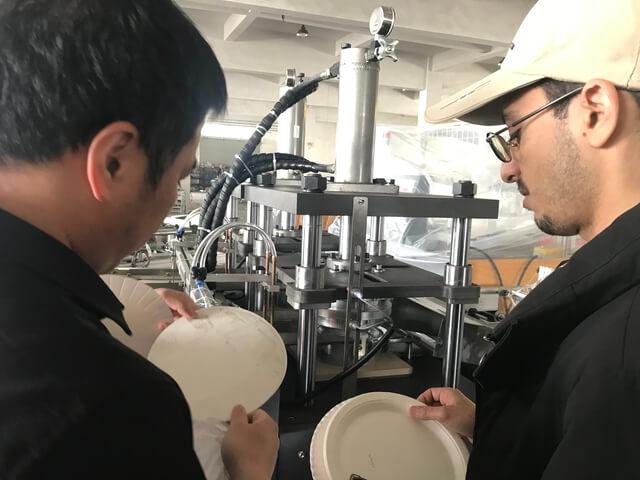
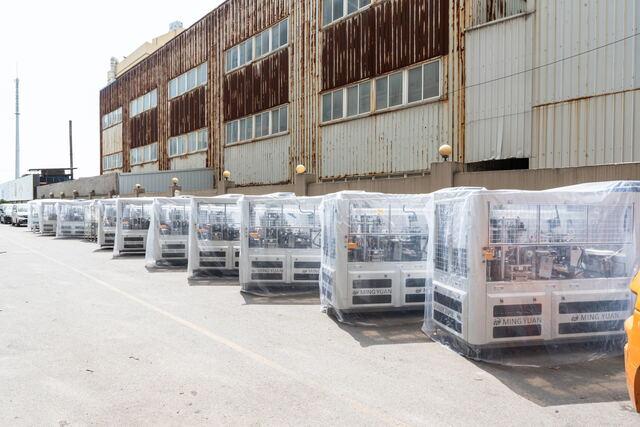
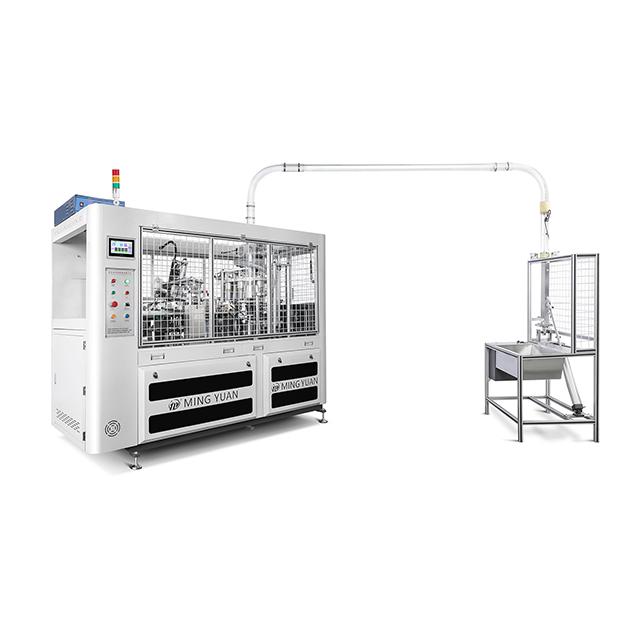
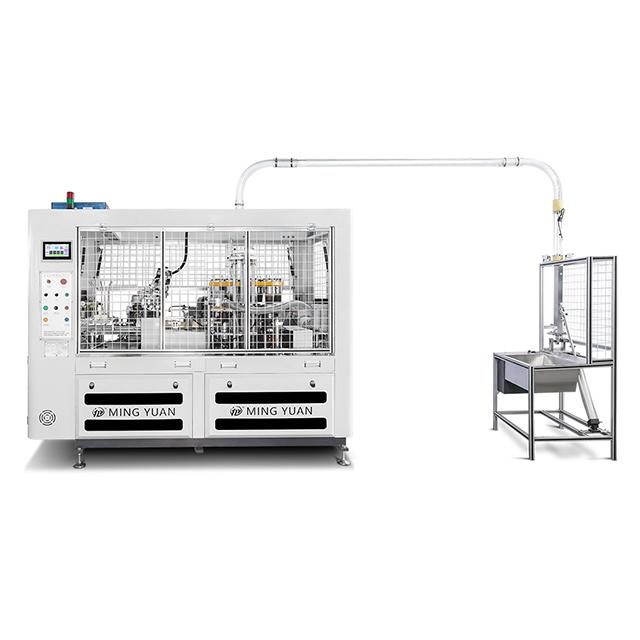
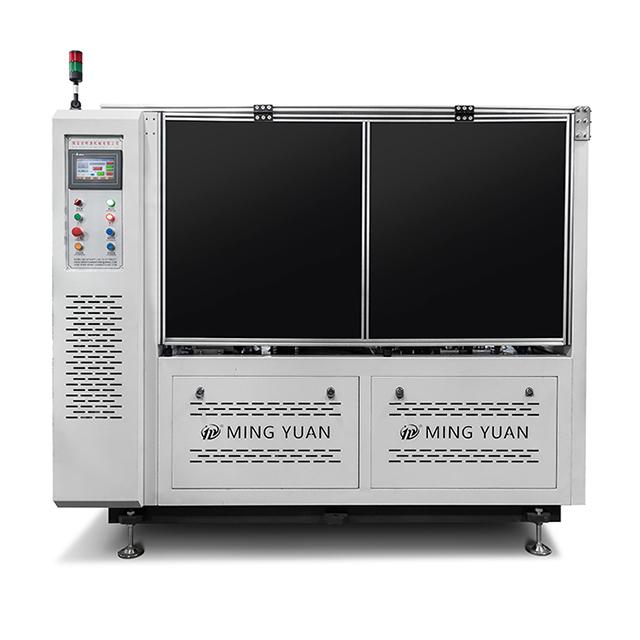

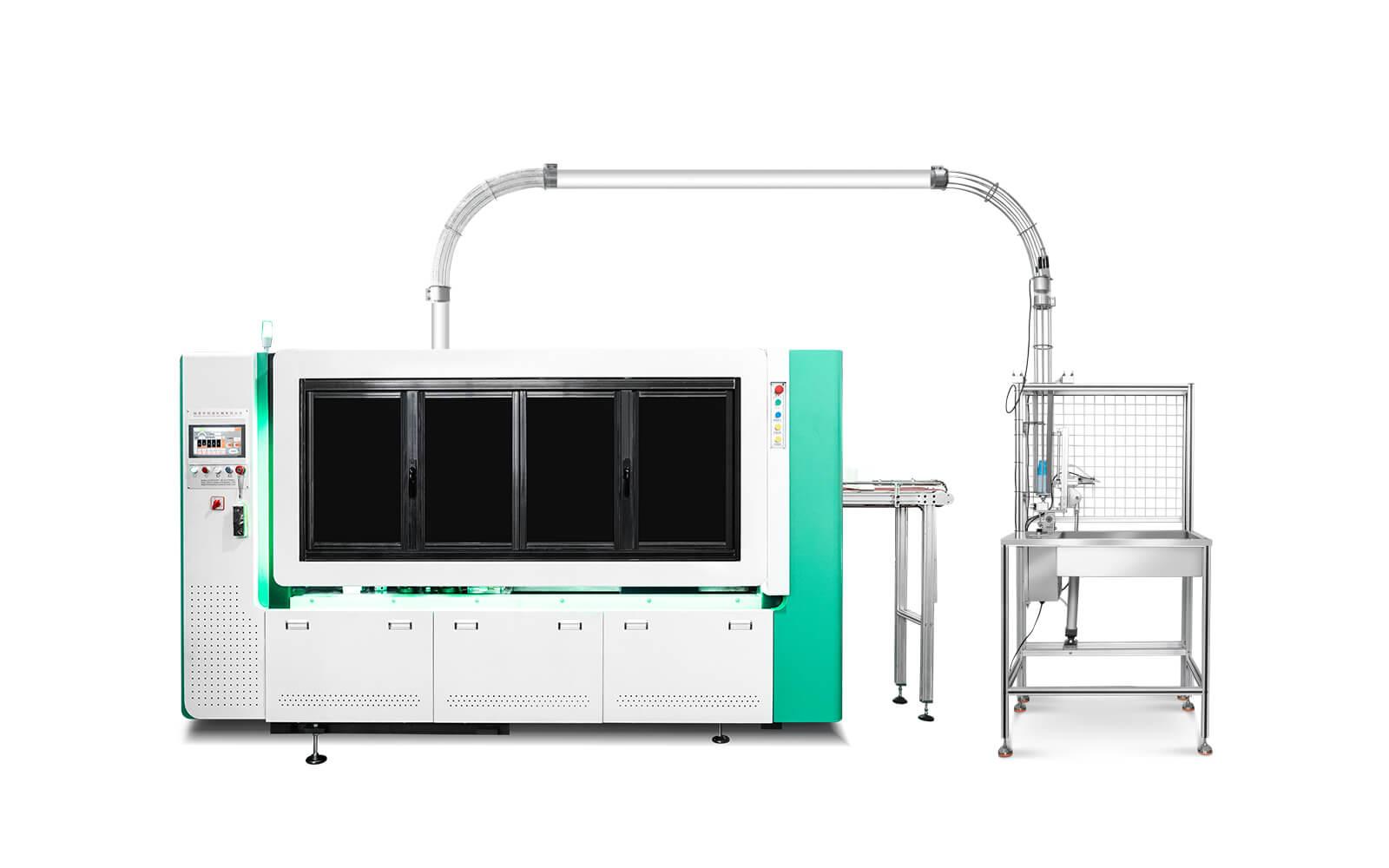
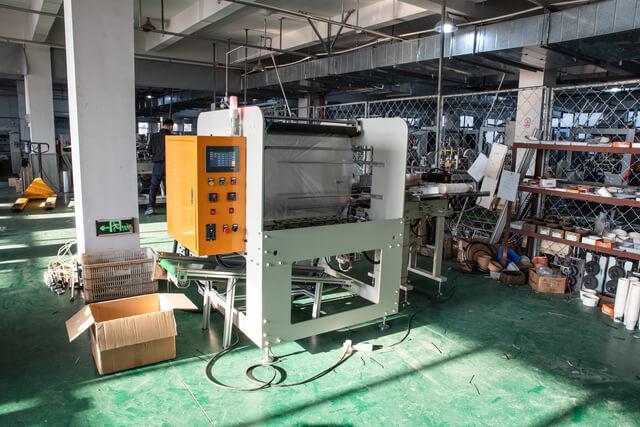
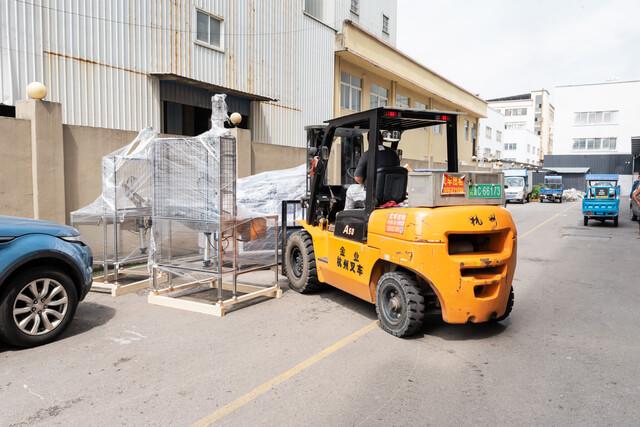
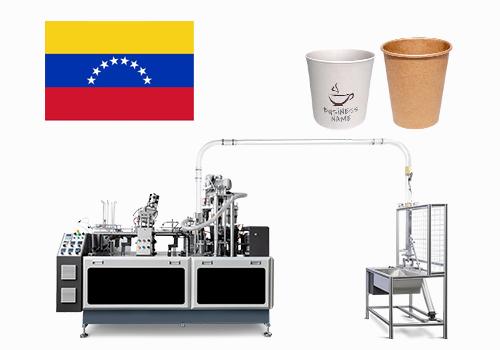

 Tel: +86-19057361870 / +86 577 65567060
Tel: +86-19057361870 / +86 577 65567060  Email: paperproductwholesaler@gmail.com
Email: paperproductwholesaler@gmail.com MP/WhatsApp: +86-19057361870
MP/WhatsApp: +86-19057361870 Manufacturer Address:No.1588, Huaming Road, Feiyun Street,Ruian City Zhejiang Province -325200 China
Manufacturer Address:No.1588, Huaming Road, Feiyun Street,Ruian City Zhejiang Province -325200 China




